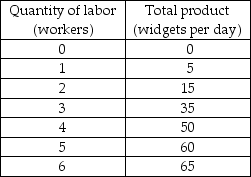
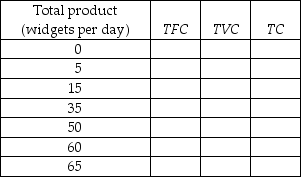
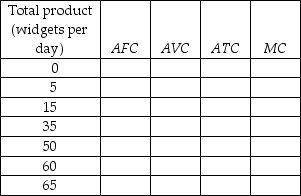
-The first table above has the total product schedule for an imaginary good called a widget. Each unit of labor costs $25 and the total cost of capital is $100.
a) Use this information to complete the remaining two tables. In the tables, TFC is the total fixed cost, TVC is the total variable cost, TC is the total cost, AFC is the average fixed cost, AVC is the average variable cost, ATC is the average total cost, and MC is the marginal cost.
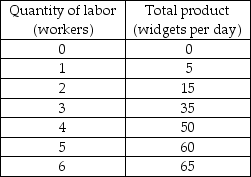
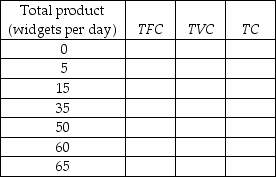 b) Suppose that labor becomes twice as expensive (so that one unit of labor now costs $50) but nothing else changes. Complete the above tables with the new cost schedules. If you plotted the cost curves, how would the increased wage rate affect the cost curves?
b) Suppose that labor becomes twice as expensive (so that one unit of labor now costs $50) but nothing else changes. Complete the above tables with the new cost schedules. If you plotted the cost curves, how would the increased wage rate affect the cost curves?
Definitions:
RAM
Stands for Random Access Memory, which is a type of computer memory that can be accessed randomly.
File
A collection of related pieces of information stored together for easy reference.
Hierarchical Structure
An organizational structure where entities are ranked one above the other according to authority or status.
Directories
Organizational units in a file system that contains files and possibly other directories, used to structure and store computer files systematically.
Q21: Proprietorships generally have unlimited liability, whereas partnerships
Q44: Is the number of sellers in the
Q104: What is a normal profit? Is it
Q166: When a firm is experiencing economies of
Q189: The implicit rental rate for capital includes
Q211: What is the law of diminishing returns?
Q222: Which of the following is NOT a
Q269: The above table gives techniques that Fatz
Q382: The difference between the market price of
Q451: Suppose the bobby pin industry is perfectly